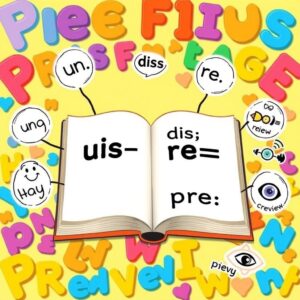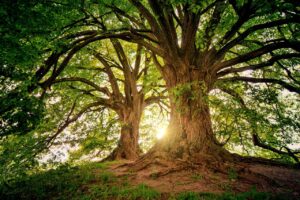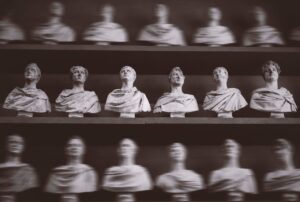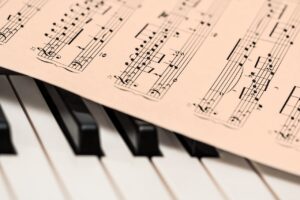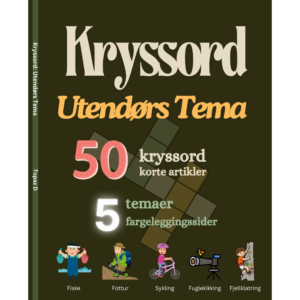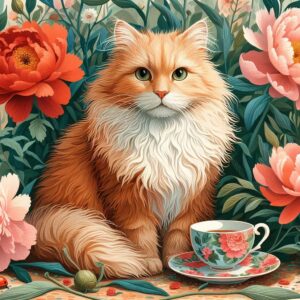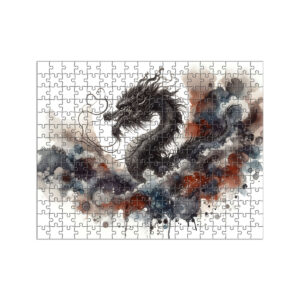
Explore & Play
Discover interesting topics and solve the accompanying crossword puzzle.
Poem Crossword | Poetic Forms Guide
Table of Contents
Welcome to our exploration of poetic forms! To enhance your experience, we recommend starting with the Poem crossword puzzle at the beginning of this post. It’s a fun way to test your knowledge and get familiar with various poetic structures. If you’re new to the topic, feel free to dive into the article first for a comprehensive overview, and then return to the crossword to see how much you’ve learned. Enjoy your journey through the world of poetry!
Poem Crossword
You can either fill in the crossword puzzle directly on this page or click the button in the bottom right corner to print it for free.
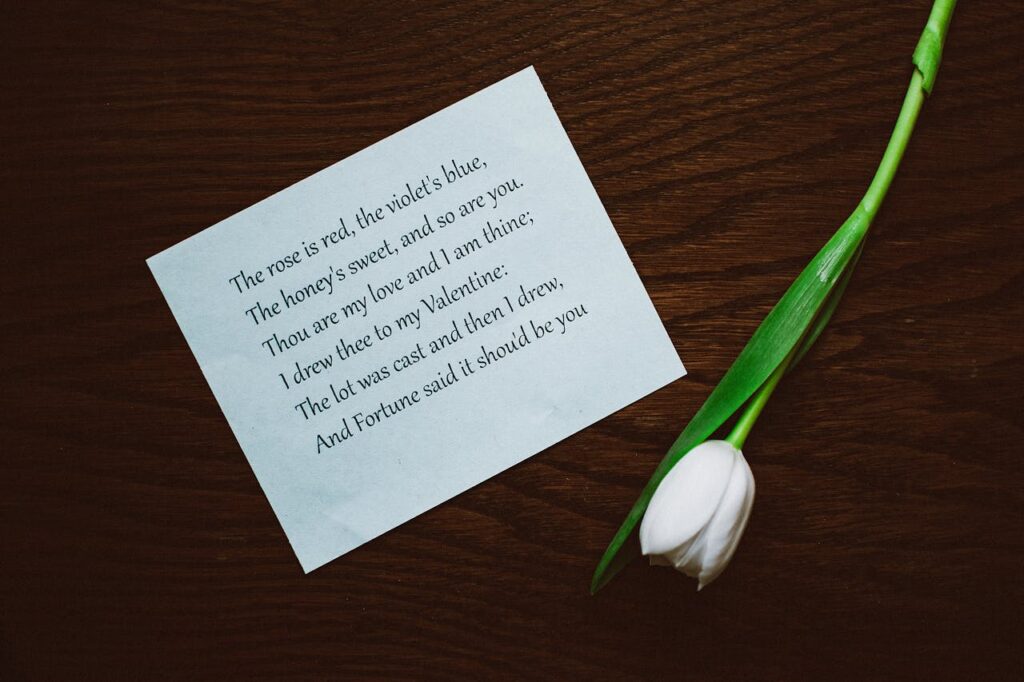
Exploring the Diverse Forms of Poetry: A Comprehensive Guide to 50 Poetic Structures
Poetry has a rich and diverse history, with numerous forms each offering unique ways to express emotions, tell stories, and explore ideas. In this comprehensive guide, we will delve into 50 different poetic structures, from the classic sonnet to the modern free verse, and uncover their distinct characteristics and uses. Each form has its own set of rules and traditions, reflecting the creativity and adaptability of poets throughout history.
1. The Tradition of Poetic Forms
The Tradition of Poetic Forms
The tradition of poetry spans centuries and cultures, giving rise to a wide range of poetic forms that each bring their own flavor to the art of writing. Understanding these forms provides insight into how poets have historically approached the craft, and how these approaches have evolved over time.
1.1. Historical Overview
To understand the evolution of poetic forms, it’s important to look back at their historical origins and how they’ve developed over time. Ancient civilizations, including the Greeks and Romans, laid the groundwork for many poetic structures that continue to influence contemporary poetry. For instance, the epic poems of Homer and Virgil set standards for narrative verse that are still referenced today.
1.2. The Influence of Culture on Poetic Structures
Different cultures have contributed uniquely to the evolution of poetry, leading to a diverse array of forms that reflect varying traditions and values. From the haiku of Japan to the ghazals of Persia, each culture has its own way of shaping poetic expression, enriching the global literary landscape. This cultural diversity not only highlights the universality of poetry but also underscores the importance of local traditions in shaping its forms.
2. Classic Poetic Forms
Classic Poetic Forms
Classic poetic forms have laid the foundation for much of Western poetry, each with its own specific rules and historical significance. These forms are often studied for their technical precision and their role in shaping the literary canon.
2.1. The Sonnet
The sonnet, with its 14 lines and specific rhyme scheme, is one of the most enduring forms of poetry, popularized by Shakespeare and others. Traditionally written in iambic pentameter, sonnets can be categorized into various types, including the Shakespearean and Petrarchan sonnets. The structured format of the sonnet allows poets to explore complex themes within a constrained framework, making it a versatile and enduring form.
2.2. The Villanelle
Known for its repeating lines and intricate rhyme scheme, the villanelle is a form that challenges poets to create profound reflections through repetition. This nineteen-line form follows a strict pattern, with the first and third lines of the opening tercet alternating as refrains throughout the poem. The repetitive nature of the villanelle lends itself well to themes of obsession and cyclical experiences, providing a powerful tool for emotional expression.
2.3. The Ode
The ode is a lyrical form that expresses praise and admiration, often using elaborate and formal language to convey deep emotions. Traditionally written in a dignified tone, odes are often addressed to a person, place, or abstract concept. This form allows poets to explore their subject matter in a detailed and expansive manner, highlighting its significance and impact.
2.4. The Elegy
Elegies are reflective poems that mourn the loss of someone or something, providing a space for grief and contemplation. This form often follows a specific structure, though it can vary widely in style and tone. Elegies offer poets a way to explore themes of loss and memory, creating a poignant space for reflection and tribute.
2.5. The Ballad
Ballads are narrative poems that tell a story, often set to music and characterized by a regular meter and rhyme scheme. Traditionally focusing on themes of love, adventure, and tragedy, ballads are known for their simple, yet compelling storytelling. The rhythmic and repetitive nature of the ballad makes it a popular form for recounting tales and legends.
3. Innovative and Modern Poetic Forms
Innovative and Modern Poetic Forms
As poetry evolved, new forms emerged, each offering fresh approaches to structure and expression. These modern forms often break away from traditional conventions, reflecting contemporary themes and experimental techniques.
3.1. Free Verse
Free verse poetry breaks away from traditional structures, allowing for freedom in rhythm and form, reflecting a more contemporary approach to poetic expression. Without a set meter or rhyme scheme, free verse poets have the liberty to explore language and form in innovative ways. This flexibility enables poets to experiment with narrative and imagery, creating unique and personal expressions of their themes.
3.2. Haiku
The haiku, with its 5-7-5 syllable structure, captures moments of nature and emotion in a brief yet profound manner. Originating from Japan, the haiku emphasizes simplicity and depth, often focusing on natural imagery and fleeting moments. The concise nature of the haiku challenges poets to distill their observations into a small but impactful space.
3.3. Concrete Poetry
Concrete poetry utilizes the physical layout of text to enhance the meaning of the poem, merging visual art with literary form. By arranging words and letters in specific shapes or patterns, concrete poetry creates a visual experience that complements its verbal content. This form blurs the lines between text and art, offering a multi-dimensional approach to poetic expression.
3.4. The Cinquain
The cinquain’s five-line structure provides a succinct way to convey a single thought or image, following a specific syllable or word count. This form, often used to capture brief but vivid moments, allows poets to focus on precision and clarity. The structured nature of the cinquain encourages brevity and impact, making it a versatile tool for exploring various themes.
3.5. The Tanka
The tanka, a five-line Japanese form, expands on the haiku by adding two additional lines, allowing for a broader exploration of themes. With a syllable pattern of 5-7-5-7-7, the tanka provides more space for expression while maintaining a focus on imagery and emotion. This extended structure enables poets to delve deeper into their subjects, offering a more nuanced perspective.
4. Less Common but Fascinating Forms
Less Common but Fascinating Forms
In addition to the more well-known poetic forms, there are several lesser-known structures that offer unique challenges and opportunities for poets. These forms may not be as widely recognized but provide rich possibilities for creative exploration.
4.1. The Rhyme Royal
The rhyme royal is a seven-line stanza with a specific rhyme scheme, offering a distinctive pattern for poetic expression. This form, which dates back to medieval poetry, follows an ABABBCC rhyme scheme, providing a structured yet flexible format. The rhyme royal’s rhythmic and formal qualities make it a useful form for detailed and intricate poetry.
4.2. The Pantoum
The pantoum’s repeating lines and interlocking rhyme scheme create a sense of continuity and reflection throughout the poem. This form consists of a series of quatrains where the second and fourth lines of each stanza are repeated in a specific pattern. The pantoum’s cyclical structure allows for the exploration of themes related to repetition and memory.
4.3. The Triolet
The triolet, with its eight-line structure and repeating refrain, provides a rhythmic and thematic focus for poets. Following a specific ABaAabAB rhyme scheme, the triolet features the repetition of the first and second lines as the final two lines. This form’s repetitive nature creates a sense of musicality and emphasis, ideal for expressing concise themes.
4.4. The Clerihew
The clerihew is a four-line biographical poem known for its humorous and often satirical tone. With a simple AABB rhyme scheme and a focus on notable figures, the clerihew allows poets to explore personal and playful observations. This form’s lighthearted approach makes it a popular choice for witty and entertaining poetry.
4.5. The Fibonacci Poem
The Fibonacci poem uses the Fibonacci sequence to determine line length, blending numerical patterns with poetic form. Each line’s syllable count corresponds to the numbers in the sequence (1, 1, 2, 3, 5, 8, etc.), creating a visually and structurally interesting poem. This form combines mathematical precision with poetic creativity, offering a unique challenge for poets.
5. Poetic Forms with Unique Structures
Poetic Forms with Unique Structures
Some poetic forms stand out due to their unique structural requirements and creative possibilities. These forms challenge poets to think differently about how they organize and present their work.
5.1. The Acrostic
Acrostic poems spell out words or messages through the initial letters of each line, creating an additional layer of meaning. By aligning the first letters vertically to form a word or phrase, acrostic poems offer a playful and inventive approach to poetry. This form encourages poets to think about how form and content can interact.
5.2. The Ghazal
The ghazal’s series of couplets each ending with the same phrase or word reflects a rich tradition of Persian verse. This form emphasizes repetition and rhyme, creating a musical and thematic unity throughout the poem. The ghazal’s structure allows for the exploration of various themes and emotions, linked by the recurring refrain.
5.3. The Monorhyme
In monorhyme poems, all lines end with the same rhyme, creating a unified sound throughout the poem. This form’s repetitive rhyme scheme provides a sense of cohesion and rhythm, making it an effective tool for reinforcing a central theme or idea. The monorhyme’s simplicity contrasts with its potential for expressive depth.
5.4. The Light Verse
Light verse, characterized by its playful and humorous tone, often provides a whimsical take on poetry. This form includes various styles, from limericks to humorous sonnets, offering poets a way to engage readers with wit and charm. Light verse invites creativity and imagination, encouraging poets to experiment with tone and subject matter.
5.5. The Prose Poem
The prose poem combines elements of poetry and prose, creating a form that maintains poetic qualities while using prose formatting. This hybrid form allows poets to explore the fluidity between structured verse and narrative prose. The prose poem’s flexibility offers a space for experimental and lyrical writing.
6. Writing and Analyzing Poetic Forms
Writing and Analyzing Poetic Forms
Understanding how to write and analyze various poetic forms enhances one’s appreciation of poetry and its diverse techniques. Mastering these forms not only improves one’s craft but also deepens the enjoyment of reading poetry.
6.1. Techniques for Writing in Different Forms
Each poetic form comes with its own set of rules and techniques, and mastering them can open new avenues for creative expression. Whether it’s adhering to a specific rhyme scheme or experimenting with free verse, understanding the technical aspects of poetic forms is crucial for effective writing. Poets should practice and explore various forms to discover which best suits their style and message.
6.2. Analyzing Poetic Structures
Analyzing the structures of different poetic forms helps readers appreciate the craftsmanship behind each piece. By examining elements such as rhyme schemes, line lengths, and thematic development, readers can gain a deeper understanding of how poets use form to enhance their work. This analysis not only enriches one’s reading experience but also informs one’s writing practice.
Discovering the World of Poetry
Exploring the myriad forms of poetry enriches our understanding of this timeless art form, revealing the creativity and diversity that poets bring to their craft. Each form offers its own unique challenges and possibilities, reflecting the rich history and ongoing evolution of poetry.
Now that you’ve delved into the fascinating world of poetic forms, why not test your knowledge? Play our poetry-themed crossword puzzle and see how many poetic forms you can identify!
Share to...
I hope you enjoy the content.
Want to receive our daily crossword puzzle or article? Subscribe!
You may also be interested in
Share to…
Want to receive our daily crossword puzzle?
-
Jigsaw Puzzles
Cat & Sunset Wooden Jigsaw Puzzle 250 | 300 | 500 Pieces
kr 348,00 – kr 439,00Price range: kr 348,00 through kr 439,00 Select options This product has multiple variants. The options may be chosen on the product page -
Jigsaw Puzzles
Whimsical Garden Cat Jigsaw Puzzle 250 | 300 | 500 Pieces
kr 348,00 – kr 439,00Price range: kr 348,00 through kr 439,00 Select options This product has multiple variants. The options may be chosen on the product page -
Jigsaw Puzzles
Chinese Dragon Jigsaw Puzzle – Zodiac Series Art 250 | 300 | 500 Pieces
kr 348,00 – kr 439,00Price range: kr 348,00 through kr 439,00 Select options This product has multiple variants. The options may be chosen on the product page
